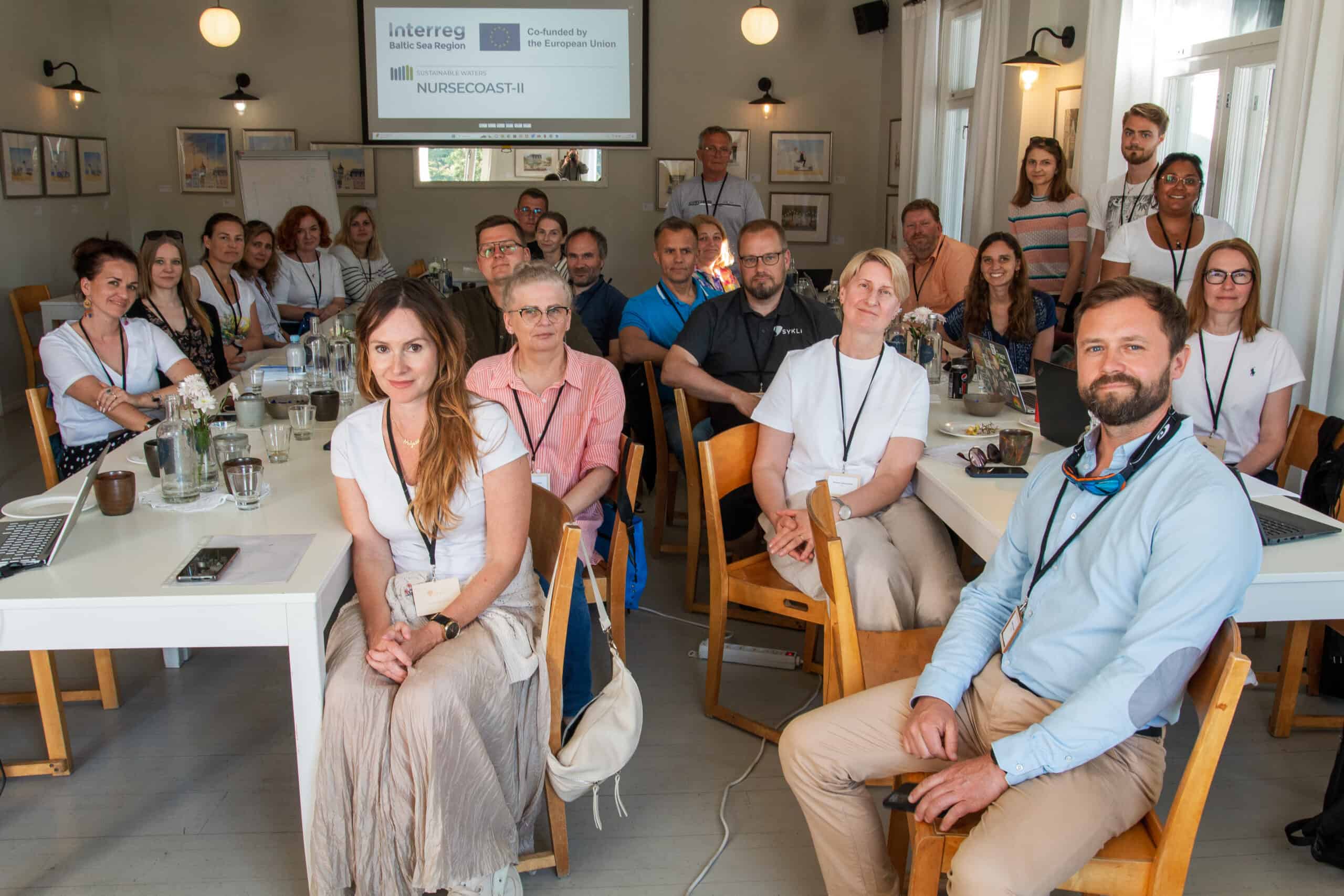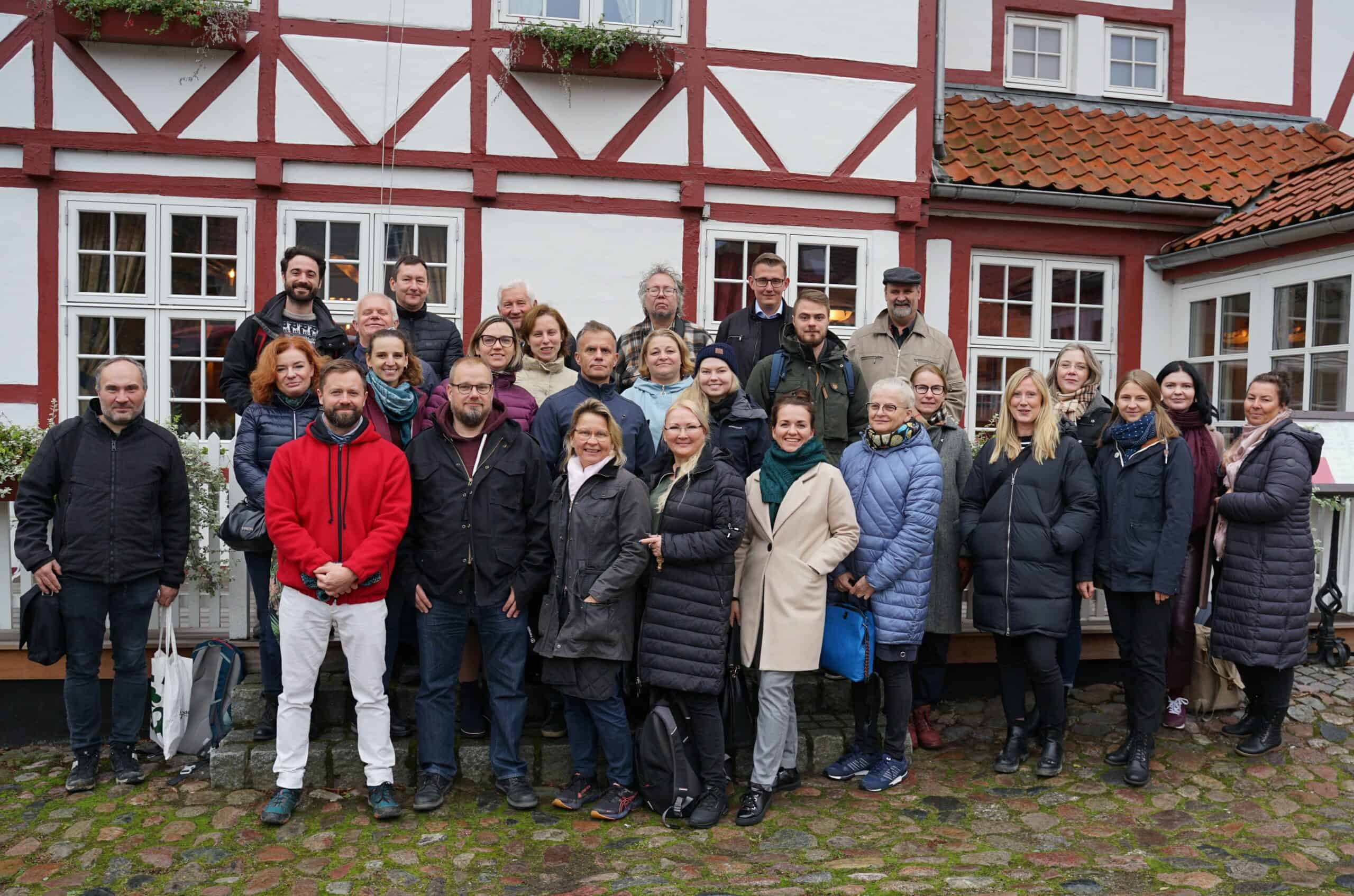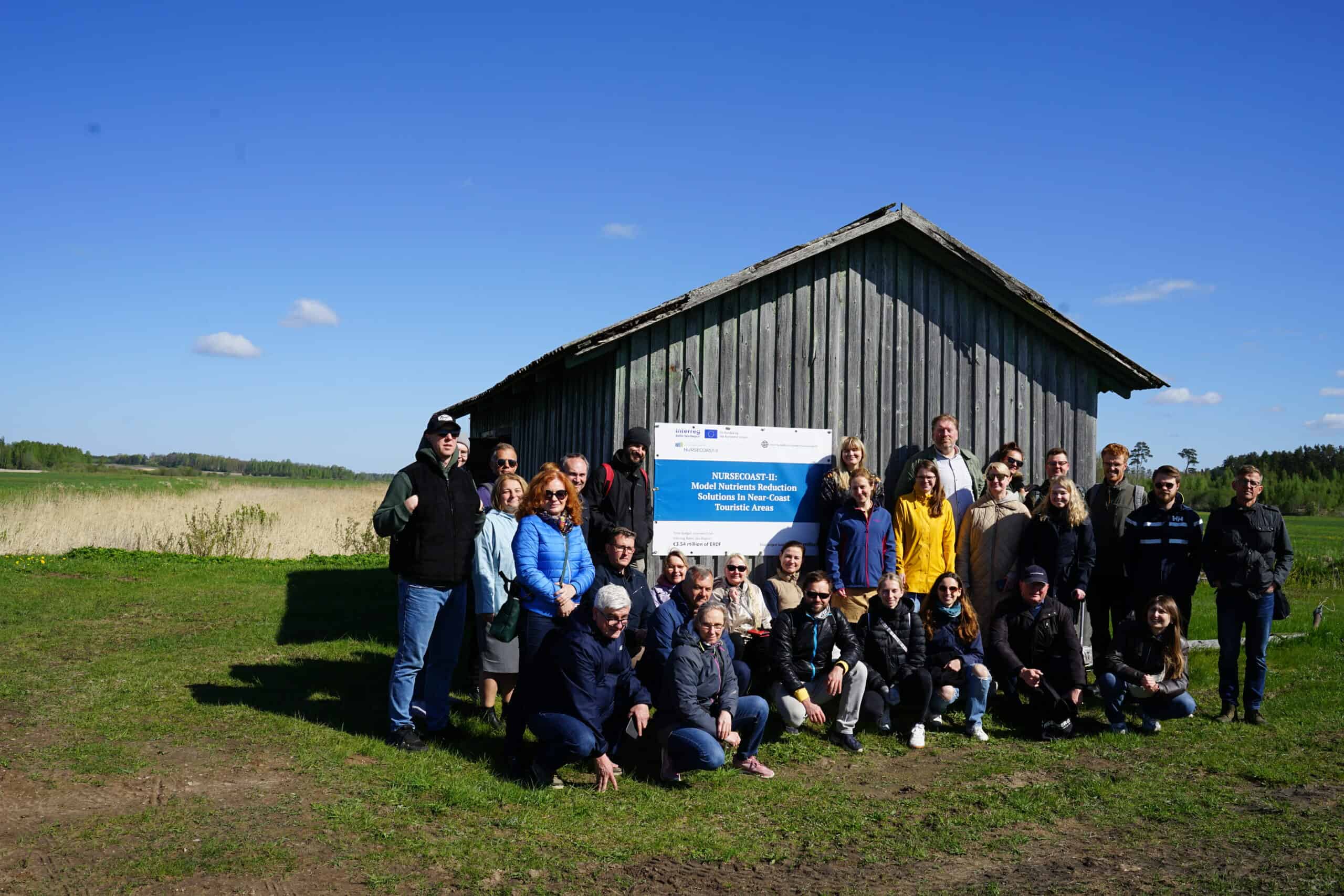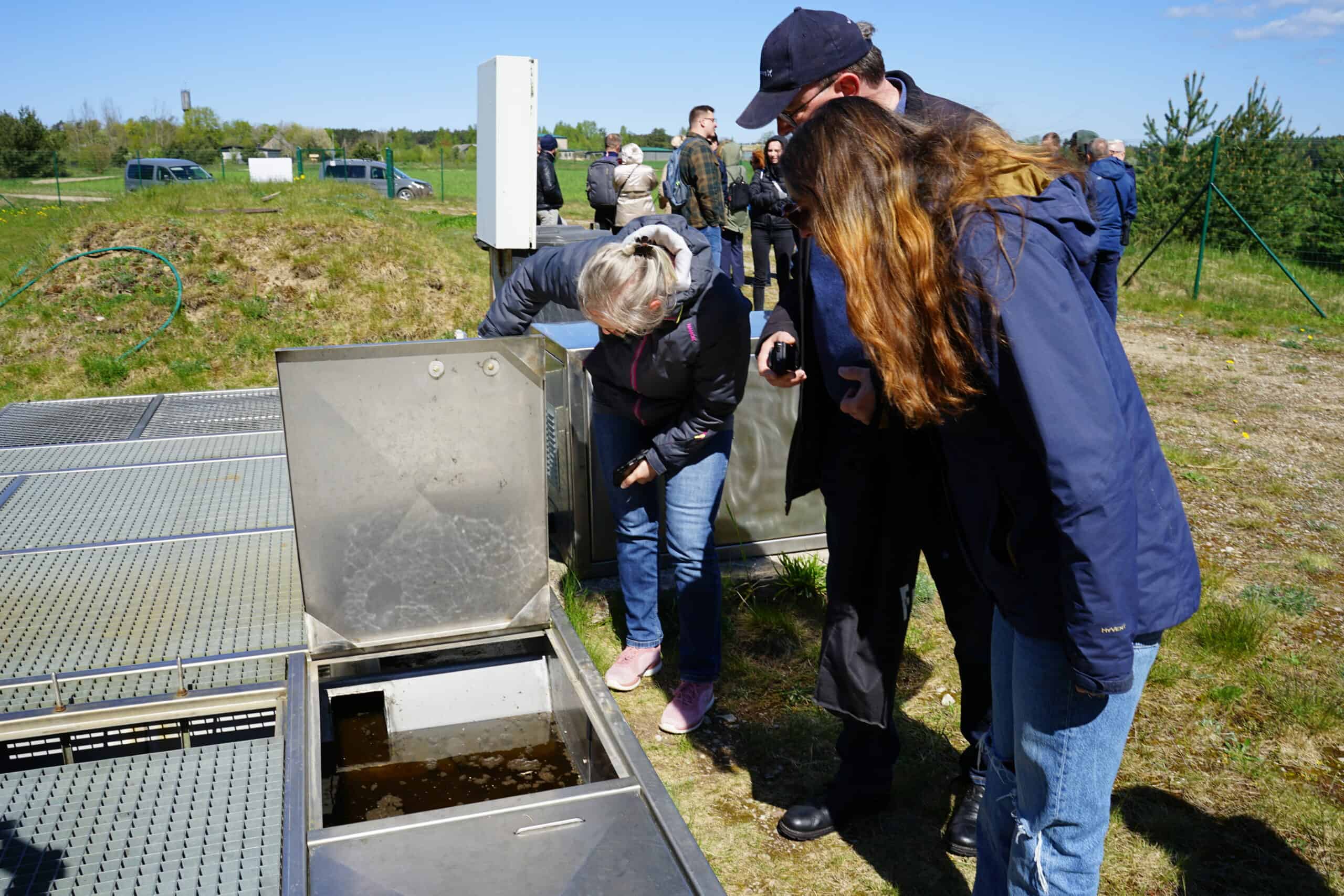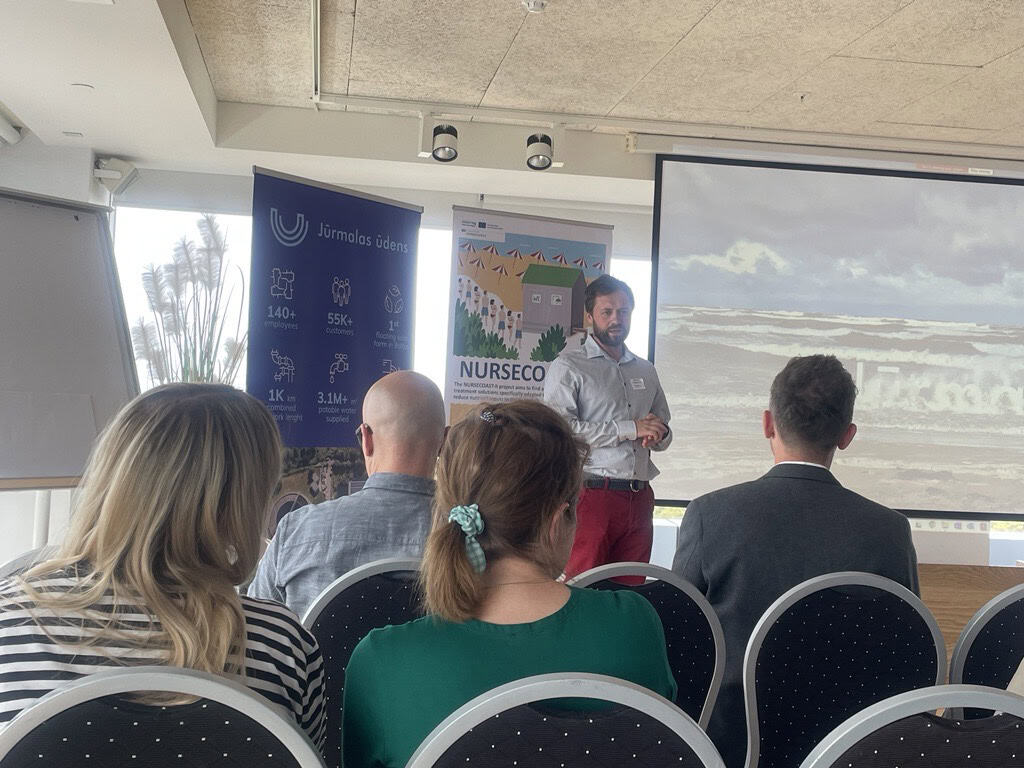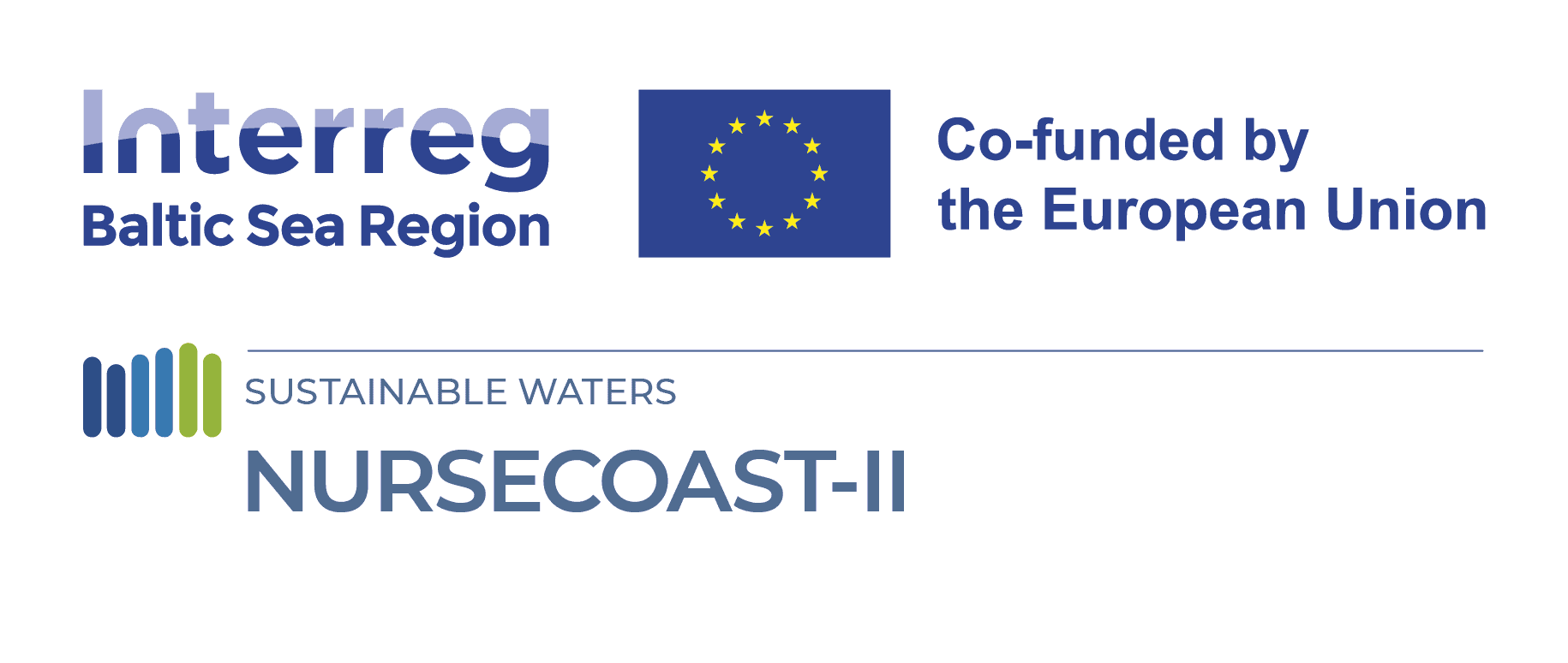
Project story: insights on progress and challenges in tackling seasonal wastewater issues in coastal tourist areas
25 June 2024
1. The first half of the project is nearly finished. What has been accomplished during this time?
We have jointly developed several technologies and solutions for wastewater treatment in near-coast tourist areas. Specifically, we have established six pilot installations, with two fully operating in Denmark. One installation in Poland is under construction and will be ready by autumn this year. The remaining three installations (one in Finland, two in Latvia) are currently in the contracting or permit-obtaining stage.
Additionally, we have gathered extensive data sets and prepared GIS maps of wastewater treatment plants in the tourist regions for all Baltic Sea Region countries. This has been enriched by a thorough technology review for wastewater treatment adapted to seasonal flows caused by intensive tourism, and technology boundaries for pilots and large-scale wastewater surveys in Sweden, Latvia, and Estonia, involving both tourists and local municipalities.
We continue to develop and synergize technologies such as constructed wetlands, nano-bubble aeration, and wastewater effluent irrigation in agriculture.
2. Have there been any challenges? Has anything not gone as planned?
After half a year of the project, we had to replace one Polish pilot with another Latvian pilot because we couldn’t find an appropriate location and municipality in Poland willing to devote their time and funds to constructing a wetland pilot in the tourist area.
Moreover, when gathering data for small treatment plants across the region, we encountered many discrepancies in national standards for wastewater treatment, which prevented us from building an ideal database.
3. The team has had the opportunity to visit pilot sites in Finland, Denmark, and Latvia. How have these visits been beneficial for the team, and what have you learned during these visits?
The team has gained practical insights into the wastewater treatment plants at different stages of maturity. Partners became acquainted with the technological background and effects of wastewater treatment, particularly where performance could be fragile due to high seasonality. We also learned that the investment process takes a long time and that different pilots face different circumstances and require varied solutions.
4. Are there any changes or improvements planned based on the feedback or observations from the pilot site visits?
Yes, indeed. For example, the experience with nano-bubble aeration in Denmark, where membrane technology has been used, was beneficial for other nano-bubble aeration technologies planned in Latvia and Poland, where no membranes are used. Nano-bubble aeration is a cross-cutting method for these three pilots, though bubbles can be generated in various ways, not only via membranes. Additionally, wastewater effluent irrigation in Denmark in apple orchards will provide substantial knowledge for the irrigation of vegetables in Poland after the pilot is completed this autumn.
5. Do you find it valuable to work in such a diverse team with people from different backgrounds and countries? How have you seen this benefit the project?
The project not only focuses on technical issues but also on solutions to reduce nutrient outflow to the sea by engaging target groups, including local authorities and tourists who want cleaner, less odorous beaches for their summer holidays. An international team brings together different approaches and solutions to the same problem. Environmental problems do not acknowledge borders, which is why they require cross-border cooperation.
6. What are the key milestones and deliverables for the second half of the project?
In the second half of the project, we must finalize 4 out of 6 pilot investments, provide support, conduct research on them, and focus extensively on risk assessment. Additionally, we will conduct a life-cycle assessment (LCA) analysis of new solutions and ensure the widespread replication of obtained results. We will also study the socio-economic effects of new technologies and involve target groups for further replication of project results.

